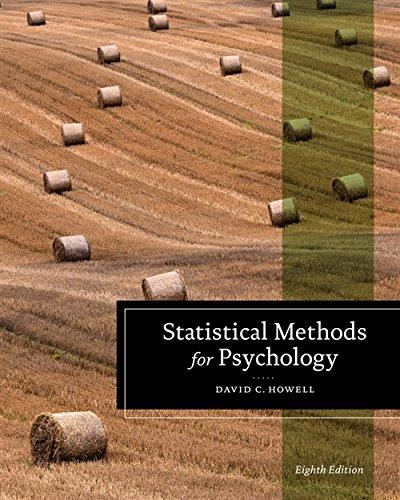In what way would the result in Exercise 7.2 differ if you had drawn more samples of
Question:
In what way would the result in Exercise 7.2 differ if you had drawn more samples of size 5?
==7.5. In what way would the result in Exercise 7.2 differ if you had drawn 50 samples of size 15?
==7.6. Kruger and Dunning (1999) published a paper called “Unskilled and unaware of it,” in which they examined the hypothesis that people who perform badly on tasks are unaware of their general logical reasoning skills. Each student estimated at what percentile he or she scored on a test of logical reasoning. The eleven students who scored in the lowest quartile reported a mean estimate that placed them in the 68th percentile. Raw scores, in percentiles, with nearly the same mean and standard deviation as Kruger and Dunning found follow: [40 58 72 73 76 78 52 72 84 70 72] Is this an example of “all the children are above average?” In other words is their mean percentile ranking greater than an average ranking of 50?
==7.7. Although I have argued against one-tailed tests from the traditional hypothesis testing view, why might a one-tailed test be appropriate for the question asked in the previous exercise?
==7.8. In the Kruger and Dunning study reported in the previous two exercises, the mean estimated percentile for the 11 students in the top quartile (their actual mean percentile 5 86) was 70 with a standard deviation of 14.92, so they underestimated their abilities. Is this difference significant?
Step by Step Answer:







